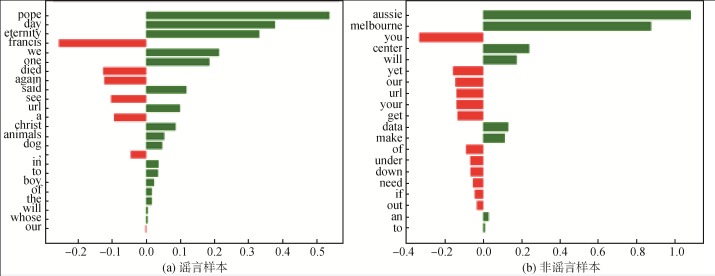 PDF(1354 KB)
PDF(1354 KB)


 PDF(1354 KB)
PDF(1354 KB)
 PDF(1354 KB)
PDF(1354 KB)
以可解释工具重探基于深度学习的谣言检测
 ({{custom_author.role_cn}}), {{javascript:window.custom_author_cn_index++;}}
({{custom_author.role_cn}}), {{javascript:window.custom_author_cn_index++;}}Revisiting Deep Learning-based Rumor Detection Models with Interpretable Tools
 ({{custom_author.role_en}}), {{javascript:window.custom_author_en_index++;}}
({{custom_author.role_en}}), {{javascript:window.custom_author_en_index++;}}
| {{custom_ref.label}} |
{{custom_citation.content}}
{{custom_citation.annotation}}
|
/
| 〈 |
|
〉 |